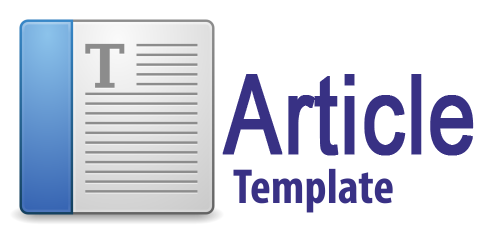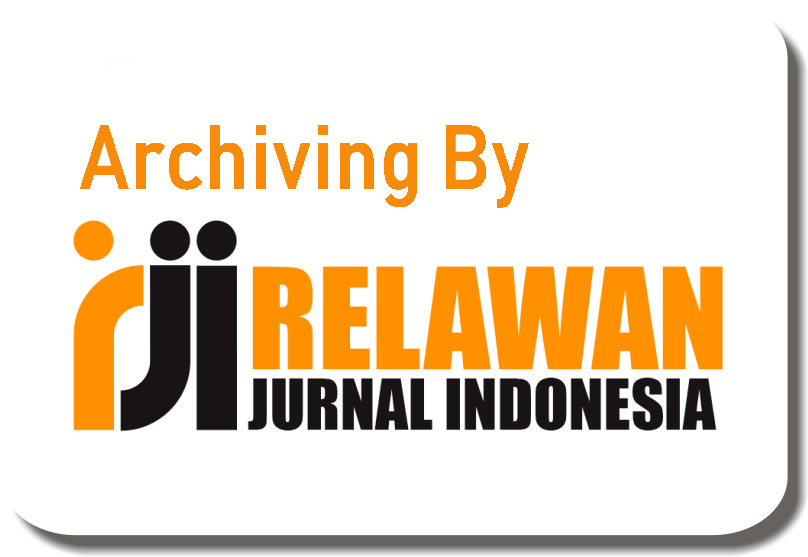The IoT Revolution in English Learning: The Future of Civil Engineering Communication
Abstract
Keywords
Full Text:
PDFReferences
Al-Fraihat, D., Joy, M., Masa’deh, R., & Sinclair, J. (2020). Evaluating E-learning systems success: An empirical study. Computers in Human Behavior, 102, 67–86.
Bdiwi, R., de Runz, C., Faiz, S., & Cherif, A. A. (2019). Smart learning environment: Teacher’s role in assessing classroom attention. Smart Learning Environments, 6(1), 1–15.
BBC Learning English. (2024, March 15). Learning English for engineers: Technical vocabulary and communication. Retrieved May 20, 2025, from https://www.bbc.co.uk/learningenglish
Creswell, J. W., & Plano Clark, V. L. (2017). Designing and conducting mixed methods research (3rd ed.). SAGE Publications.
Ellis, R. (2016). Focus on form: A critical review. Language Teaching Research, 20(3), 405–428.
Harmer, J. (2015). The practice of English language teaching. Pearson Education Limited.
Kessler, G. (2018). Technology and the future of language teaching. Foreign Language Annals, 51(1), 205–218.
Li, X., & Ni, J. (2020). The application of IoT in higher education: A case study in engineering classrooms. International Journal of Education and Development using ICT, 16(2), 120–134.
Son, J.-B. (Ed.). (2020). Technology-enhanced language teaching in action. APACALL.
Sun, A., & Chen, X. (2019). Online education and its effective practice: A research review. Journal of Information Technology Education: Research, 18, 157–190.
Susanto, H., & Akmal, A. (2022). Integrating IoT-based tools into ESP classrooms: Opportunities and challenges. Journal of English for Academic Purposes, 55, 101070.
Viberg, O., & Grönlund, Å. (2013). Cross-cultural analysis of users’ attitudes toward the use of mobile devices in second and foreign language learning in higher education: A case from Sweden and China. Computers & Education, 69, 169–180.
Warschauer, M., & Liaw, M.-L. (2019). Emerging technologies for autonomous language learning. Language Learning & Technology, 23(3), 1–7.
Yadav, R. K., & Singh, A. (2021). Integration of IoT in higher education: Opportunities and challenges. International Journal of Emerging Technologies in Learning (iJET), 16(14), 123–135.
Zhang, W., & Zhu, C. (2020). Review on the application of Internet of Things in education. International Journal of Information and Education Technology, 10(1), 48–52.
Zhao, Y., & Watterston, J. (2021). The changes we need: Education post COVID-19. Journal of Educational Change, 22(1), 3–12.
DOI: https://doi.org/10.31004/jele.v10i6.1509
Refbacks
- There are currently no refbacks.
Copyright (c) 2025 Ayu Arisna, Reskyani Anggraeni

This work is licensed under a Creative Commons Attribution-ShareAlike 4.0 International License.



